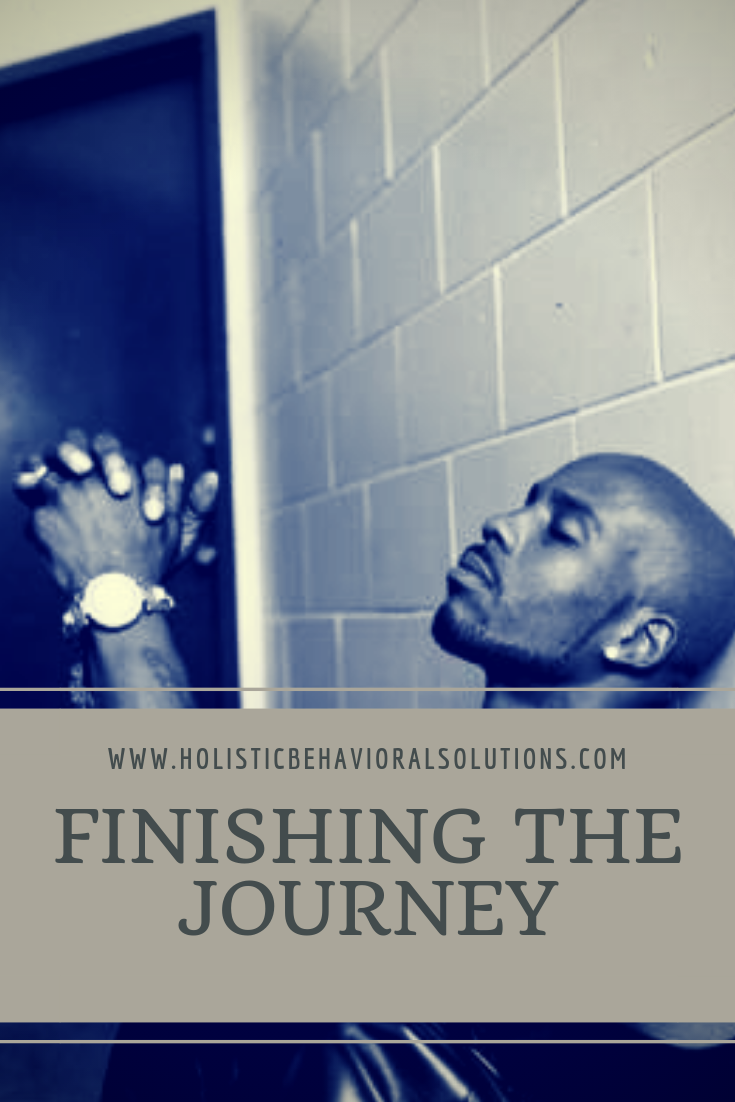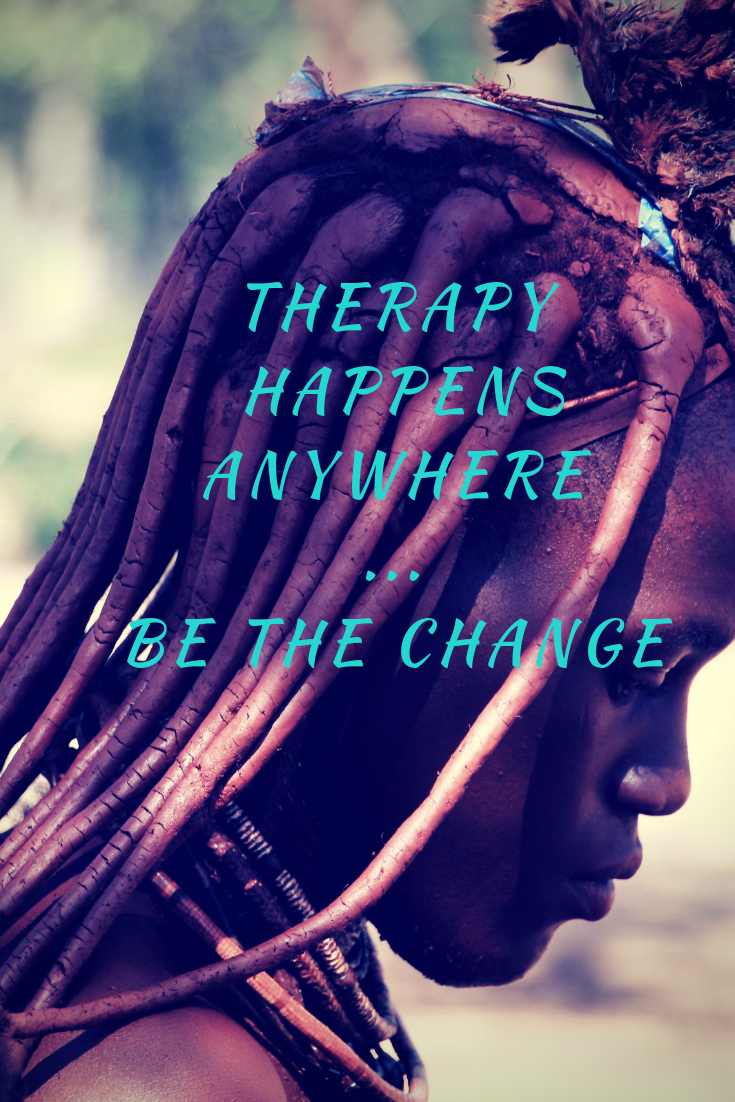
Public Vs Private Self: The recent episode of Iyanla: Fix My Life featuring the late rapper DMX offered more than a glimpse into celebrity—it opened a conversation about emotional wholeness, vulnerability, and the cost of living two lives: the one we show the world and the one we carry in silence.
To his fans, he was DMX—gritty, raw, and untouchable. But to those closest to him, he was Earl—a father, a son, a man with wounds that fame could never heal. This moment on television was less about spectacle and more about the universal human struggle to align who we are with who we’ve had to become in order to survive. Let’s be clear: this is not a celebrity issue; this is a human issue.
The Public Vs Private Self
Each of us has a public persona—a curated version of ourselves shaped by expectations, image, and performance. But we also carry a private self, the part that aches, questions, and longs for authenticity. When these two selves fall out of sync, we experience what psychology calls intrapersonal dissonance—a persistent tension that can lead to anxiety, depression, or destructive coping mechanisms.
This disconnect is often amplified by fame, but it affects all of us. We see it in the workplace, in parenting, in relationships—wherever we feel pressured to wear a mask that doesn’t quite fit.
Fame as a Double-Edged Sword
Fame intensifies the conflict between expression and exploitation. For some artists, public recognition validates their work; for others, it distorts the purpose of their passion. DMX was an archetype of that tension—a man with a message, but also with pain he hadn’t fully processed.
As he sat with Iyanla Vanzant, we saw a glimpse of Earl—the wounded inner child behind the bravado. The moments where he broke down were real. But so was the resistance. That push-pull of vulnerability and protection is familiar to many of us, especially those who’ve experienced early trauma or abandonment.
Public Vs Private Self: The Emotional Cost of Exposure
Artists, entertainers, and public figures live under a microscope. But emotional exposure is not limited to celebrities. Every person who’s ever pretended to be okay while silently unraveling knows this pain. Without a safe space to unpack it, we turn to what’s available—substances, work, sex, shopping, control. Anything to avoid feeling.
DMX’s pain was not unique. It was human. But it was also amplified by a culture that confuses emotional suppression with strength.
When Therapy Moves Too Fast
One of the most sacred aspects of therapy is pace. Healing cannot be rushed. When clients feel pushed too quickly—before trust is built—they may shut down, withdraw, or even reject the process altogether.
As a licensed therapist, I watched DMX’s session with Iyanla through a clinical lens. While she is a gifted teacher and speaker, the episode reminded me that therapy must be paced with the client’s readiness. Pushing too soon can mirror the very control and abandonment that caused the original wounding.
The Role of the Therapist: Holding Space, Not Forcing Change
Therapists are not magicians. We are guides, witnesses, and partners in transformation. Our job is not to “fix” anyone—but to create space where the client feels safe enough to do the work themselves.
The therapeutic relationship is rooted in trust. And trust, once broken, is hard to rebuild. If that sacred space feels unsafe or overly performative, clients may walk away not only from therapy—but from hope.
What We Can Learn From DMX’s Journey
DMX’s session with Iyanla Vanzant was both painful and powerful. It showed us what happens when real pain meets public pressure. It also revealed how trauma can shape identity—and how deeply we need spaces that honor our truth without judgment.
Whether or not DMX continued that healing journey, the conversation started by his episode is worth continuing:
- How do we reconcile who we are with who we’ve had to be?
- Where do we go when our public image is louder than our private truth?
- Who holds space for our most honest, unedited selves?
The Therapeutic Space: A Sanctuary for the Self
Therapy, when done with care and integrity, allows us to pause, reflect, and reclaim our authenticity. It gives us tools to explore:
- The grief we’ve buried
- The identities we’ve outgrown
- The healing we deserve
- The emotions we’ve learned to mute
It’s not a performance. It’s a homecoming.
Final Thought: The Courage to Be Whole
The journey to integrate our public and private selves is long, but worth it. It’s not about perfection or image—it’s about living with integrity, joy, and emotional freedom.
If DMX’s story teaches us anything, it’s this: you can be celebrated publicly and still be suffering privately. And the only real freedom comes from facing the truth inside you.
Therapy helps us do that. One session at a time.
Start Your Journey to Wholeness
Are you ready to explore the parts of yourself the world doesn’t see?
Do you feel stuck between who you are and who you’re expected to be?
Let therapy be your refuge. At Holistic Behavioral Solutions, we offer compassionate, confidential care to help you rediscover the you behind the mask.
Contact us today to begin your journey toward healing and authenticity.
While we are thinking that through, boost your connection from the inside out with our wellness supplements and supplies. Check out our store for products that help you feel your best, making it easier to open up and connect on a deeper level.
PS: Are you a culturally competent licensed clinician passionate about guiding others toward resilience? Our practice is growing, and we’re hiring in New Jersey! Check out our Careers page for current openings and join a team dedicated to fostering impactful, inclusive mental health support.

